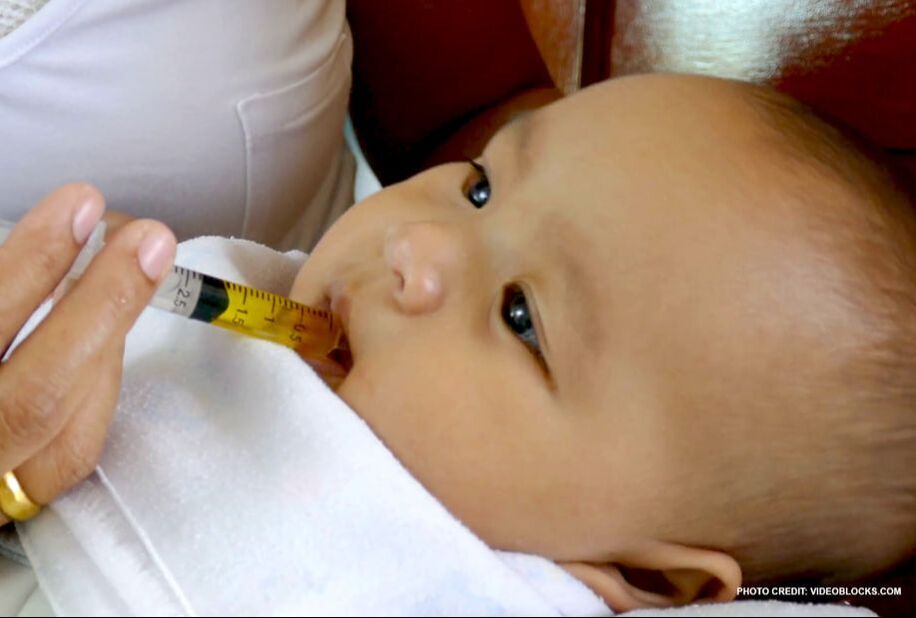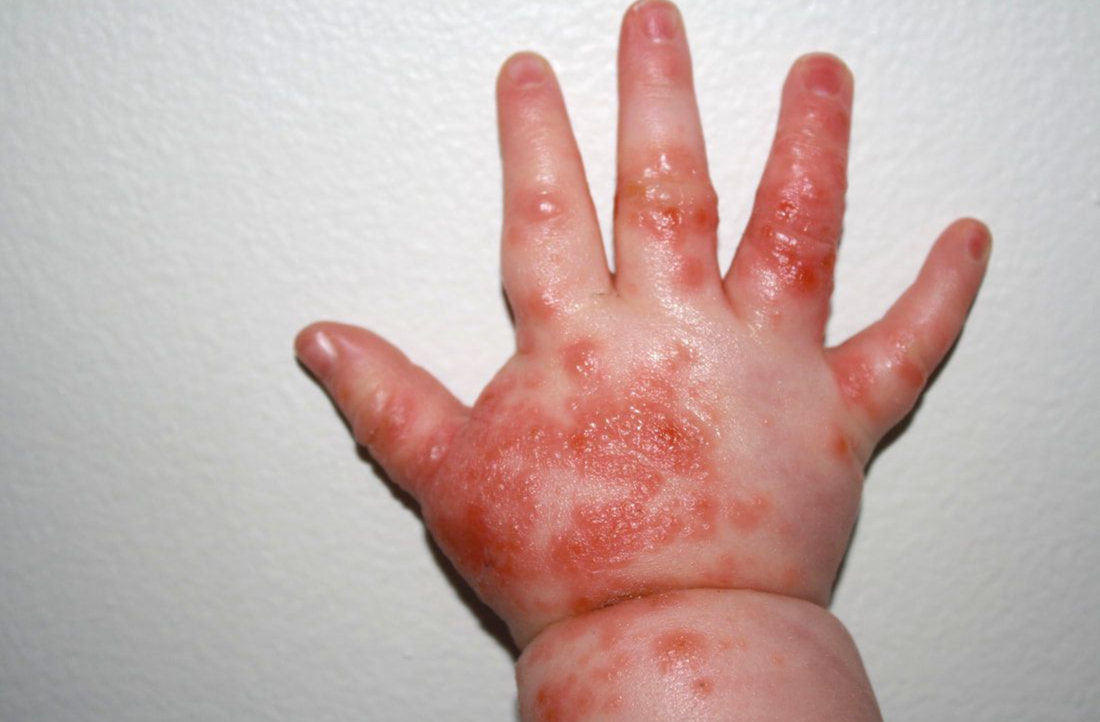Is your child at risk of iron deficiency anaemia?
July 15, 2023
Iron deficiency anaemia or IDA is a major global health concern, with developing countries experiencing a higher prevalence than developed countries, at 3 to 4 times higher rate. According to World Health Organisation (WHO), young children are most affected by this nutritional deficiency. In 2019, the global prevalence of anaemia among children aged below 59 months was 39.8%, meaning 269 million children were affected. In 2022, 46.5% of Malaysian children under the age of 59 months are anaemic.
The iron strong study The iron strong study conducted in collaboration with University Malaya Medical Centre (UMMC) involved 1201 out-patient Malaysian children below 36 months across randomly selected government health clinics in the region. The clinical study utilised a non-invasive screening device for total haemoglobin. The key findings were that young children are at higher risk of being anaemic than older children, while underweight children are likely anaemic. Notably, urban and rural children are at risk of anaemia. Principal investigator and senior consultant paediatric endocrinologist Professor Dr Muhammad Yazid Jalaludin pointed out that malnutrition significantly contributes to iron deficiency anaemia, culminating in irreversible growth complications among Malaysian children. "The implications extend beyond physical growth, affecting cognitive development and immune function. By identifying and addressing risk factors early through routine screenings, we can significantly mitigate the impact of nutrient deficiencies on children”. IDA occurs when iron is not enough to support healthy red cells production. Iron is crucial for developing red blood cells and plays a vital role in the growth and functioning of the brain. Children who suffer from IDA may exhibit various symptoms, including lack of focus, fatigue, weakness, dizziness, brittle nails and pale skin. Not treating the condition promptly can lead to severe health complications, including organ failure. EXPLORE FURTHER |
- IN THE SPOTLIGHT
-
HEALTH CONDITIONS
- ANTIMICROBIAL RESISTANCE
- ARTHRITIS
- ASTHMA
- BACK PAIN
- BRAIN DISORDERS
- BREAST CANCER
- CANCER
- CARDIOVASCULAR DISEASE
- CERVICAL CANCER
- CORNEAL ULCER
- CORONAVIRUS DISEASE (COVID-19)
- DEMENTIA
- DENGUE
- DENTAL PROBLEMS
- DIABETES
- DRUG ABUSE
- ECZEMA
- ERECTILE DYSFUNCTION
- EYE
- FIBROIDS
- GASTROINTESTINAL DISEASES
- INFLUENZA (FLU)
- HEADACHES & MIGRAINES
- HEPATITIS
- HIV & AIDS
- JOINT PAIN
- KIDNEY DISEASE
- LUNG CANCER
- LUPUS
- MELASMA
- MENTAL HEALTH
- MOUTH-AND-TEETH
- OBESITY
- OSTEOPOROSIS
- POLYCYSTIC OVARY SYNDROME
- POMPE DISEASE
- PSORIASIS
- SEXUAL & REPRODUCTIVE HEALTH
- SKIN
- SLEEP
- STROKE
- DISABILITIES & SPECIAL ABILITIES
- NURSING RESOURCES
- DIGITAL HEALTH
- HEALTH PRODUCTS & SERVICES
- RELATIONSHIPS
- PARENTING
- EMPOWERING WOMEN
- MEN'S WELLNESS
- GOLDEN YEARS
- ACTIVE LIFE HUB
- NUTRITION
- COMPLIMENTARY MEDICINE
- AMBULANCE AND FIRST AID GUIDE
- Community clinics/ Klinik Komuniti
- Government Dental Clinics / Klinik Pergigian Kerajaan
- ABOUT US


























